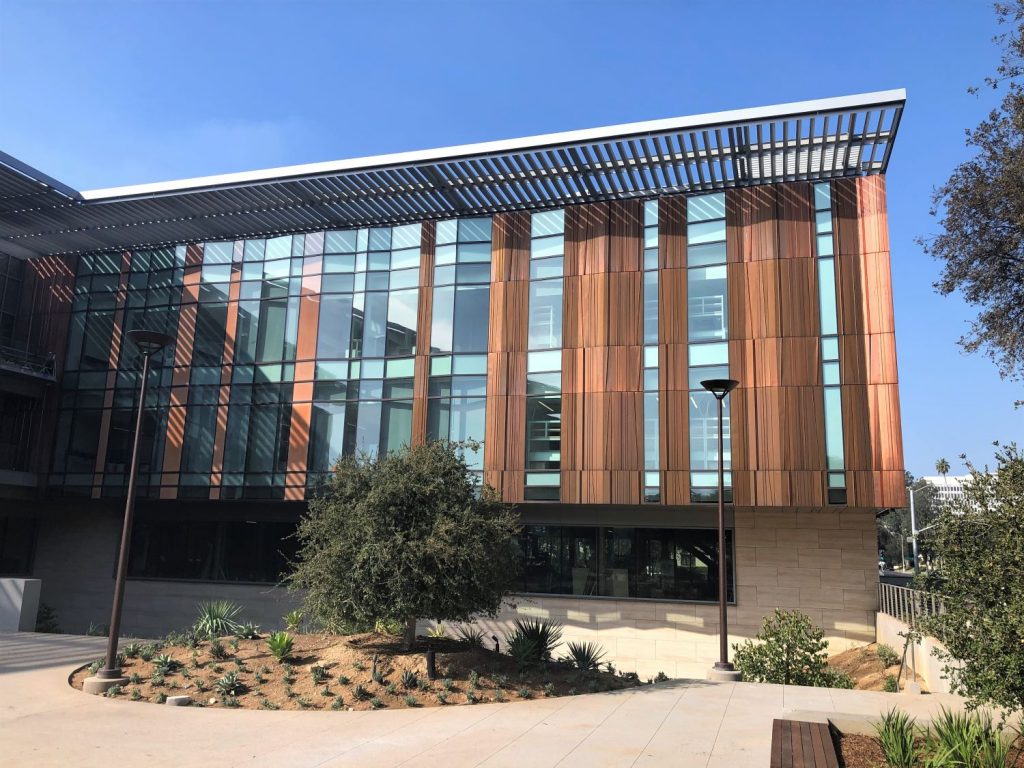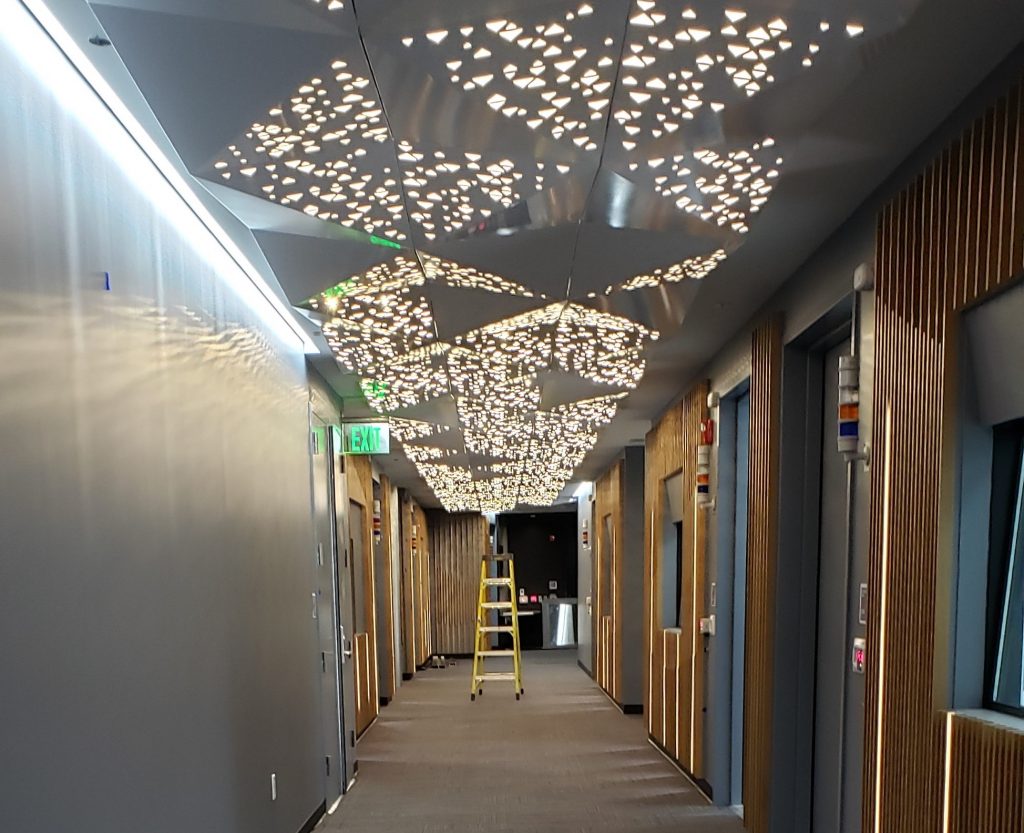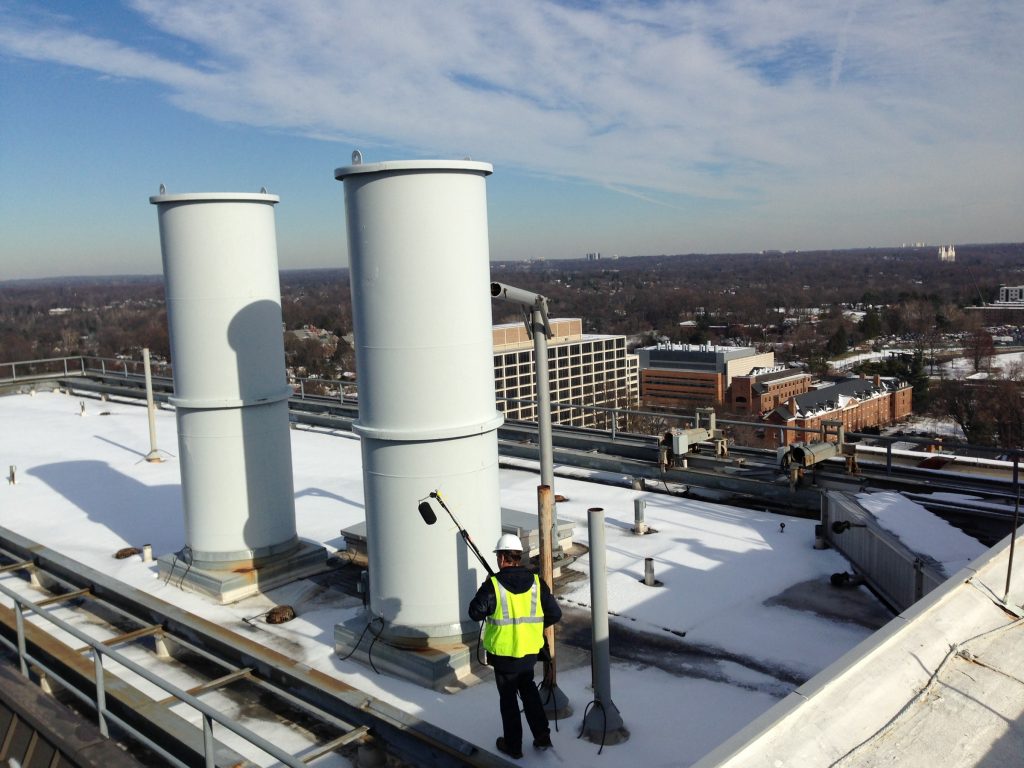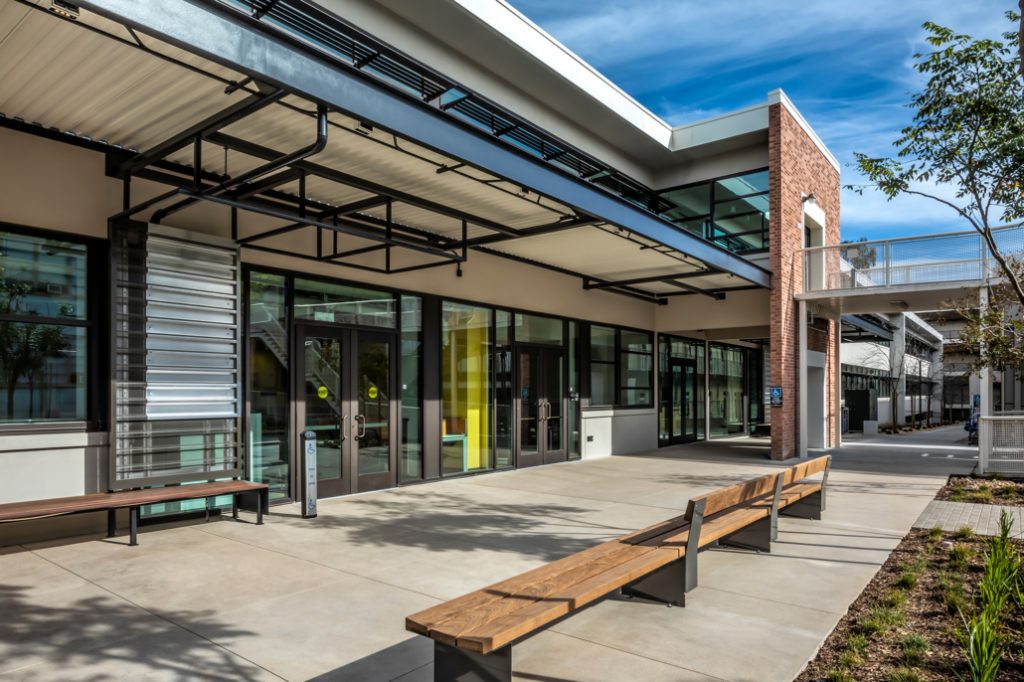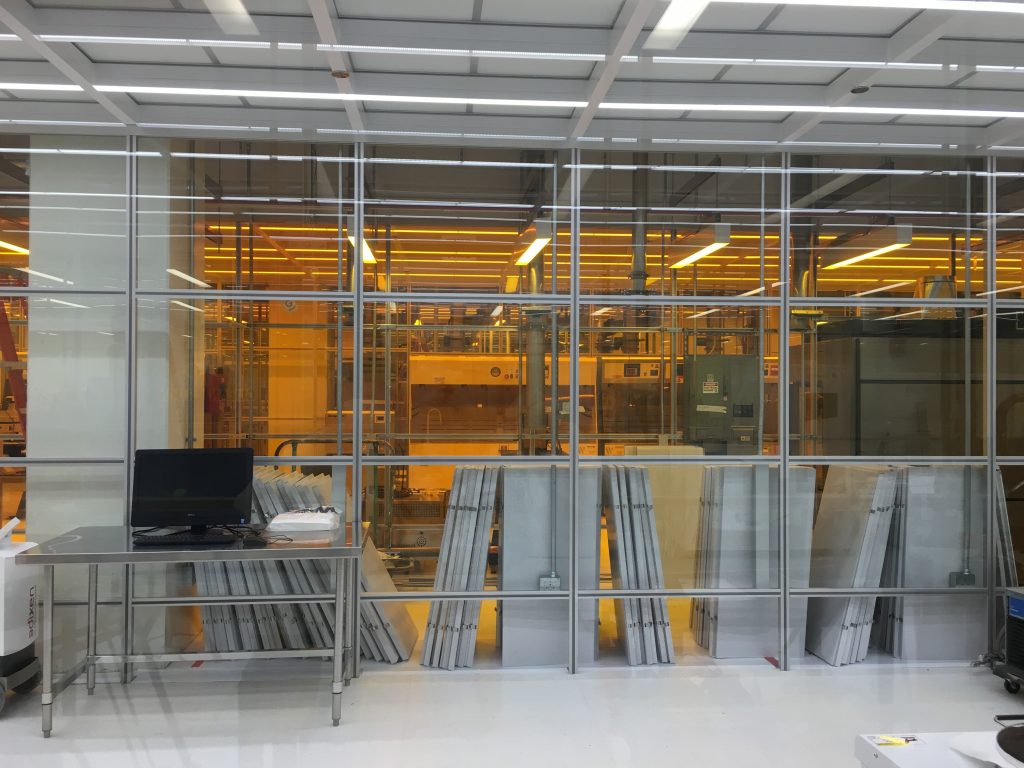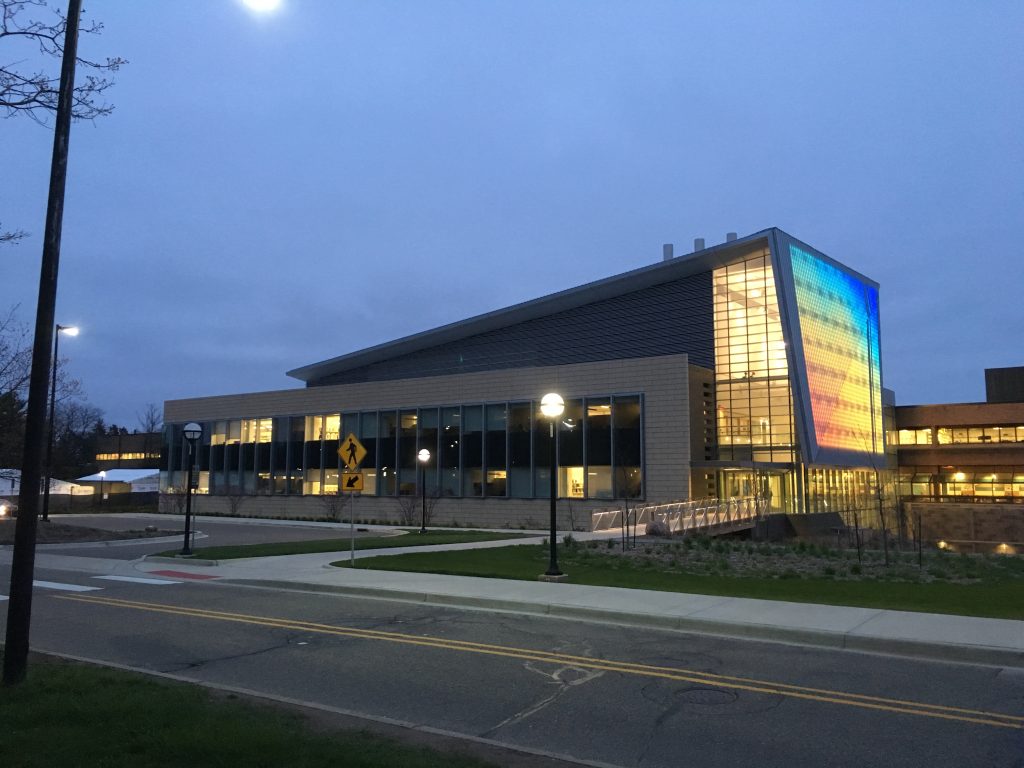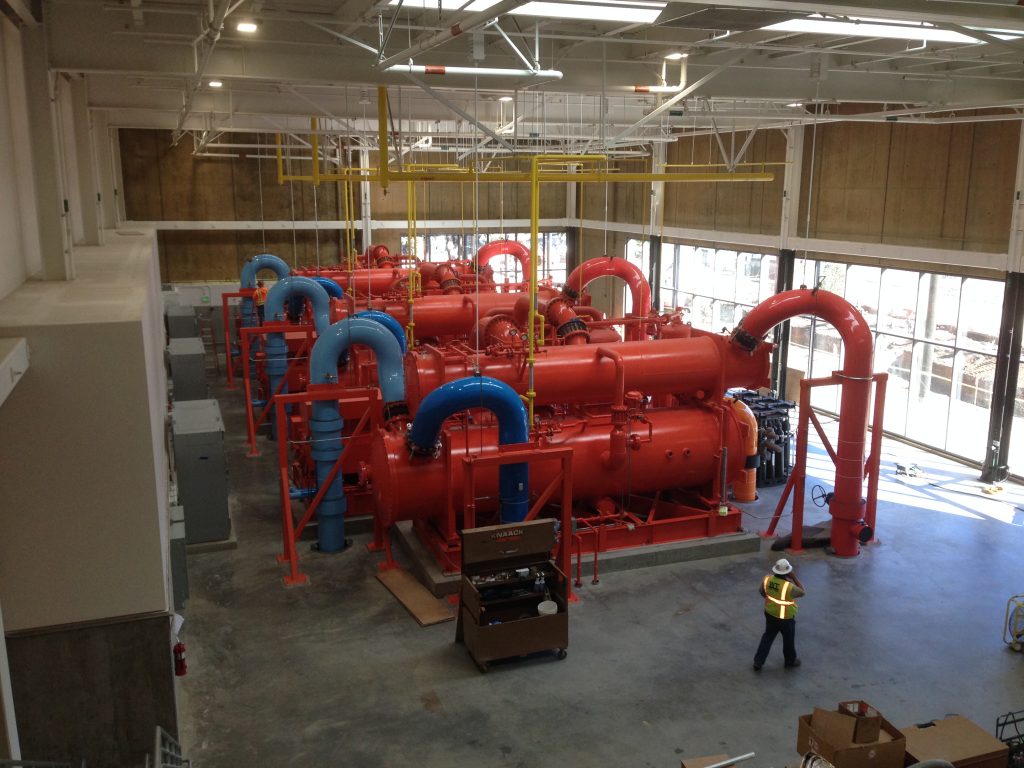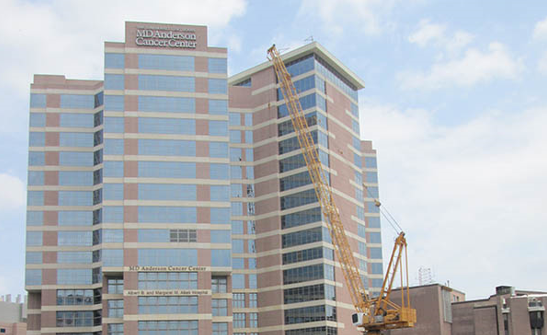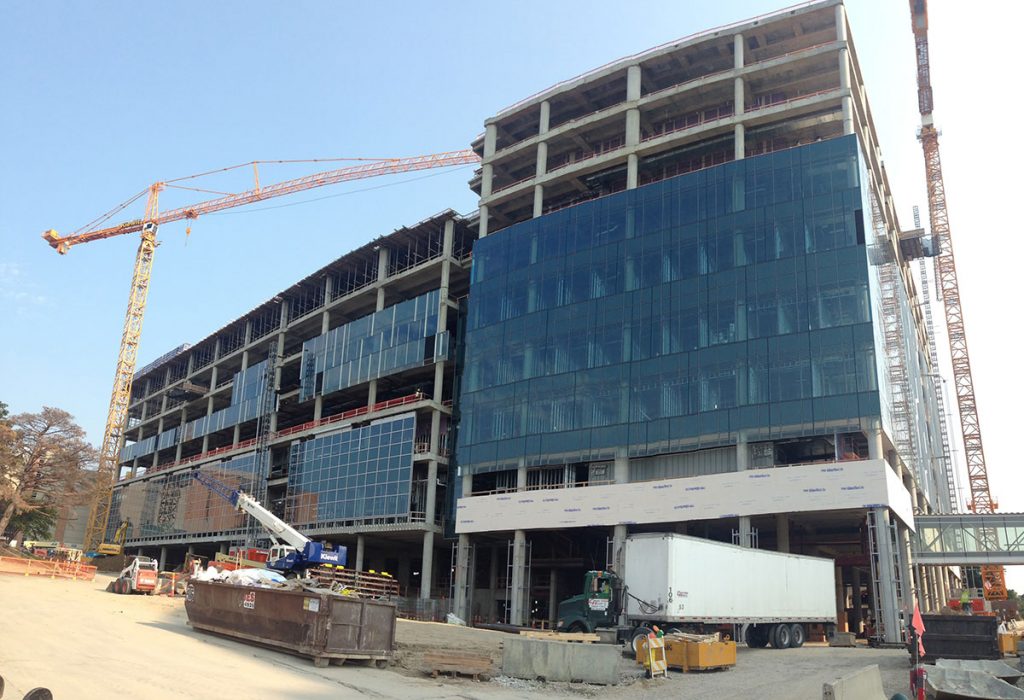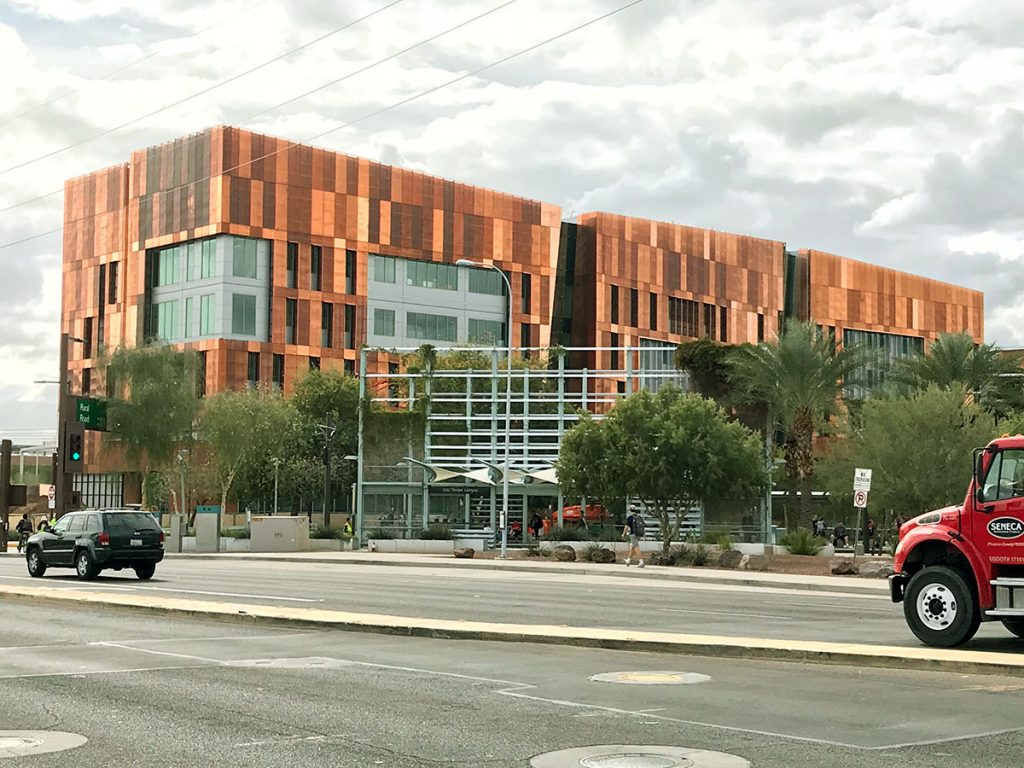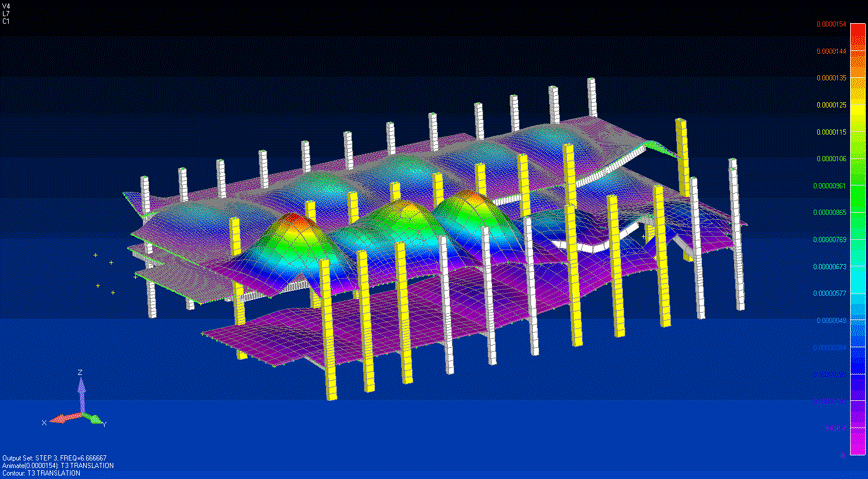Proximity to transportation is often a prime selling point for a new building. But the noise and vibrations that accompany those systems can cause everything from annoyance and irritation to interruption of work, especially for sensitive residential, sound recording, research, and microelectronics facilities. Whether the client is a facility that is impacted by a transportation system, or the transportation authority itself, there is a need to control the noise and vibration impact from roads, rail, and aircraft.
The extent of noise or vibration disturbance from transportation systems depends upon many factors that are often unique to the site and vehicles present. When site measurements are not possible, or the transportation systems do not yet exist, we can predict noise and vibration exposure from vehicular traffic, rail, or aircraft using existing data and analytical models. We can provide further analysis and design guidance for mitigating the impact from transportation at the source, where possible, or at the receiver.
The extent of noise or vibration disturbance from transportation systems depends upon many factors that are often unique to the site and vehicles present. When site measurements are not possible, or the transportation systems do not yet exist, we can predict noise and vibration exposure from vehicular traffic, rail, or aircraft using existing data and analytical models. We can provide further analysis and design guidance for mitigating the impact from transportation at the source, where possible, or at the receiver.
